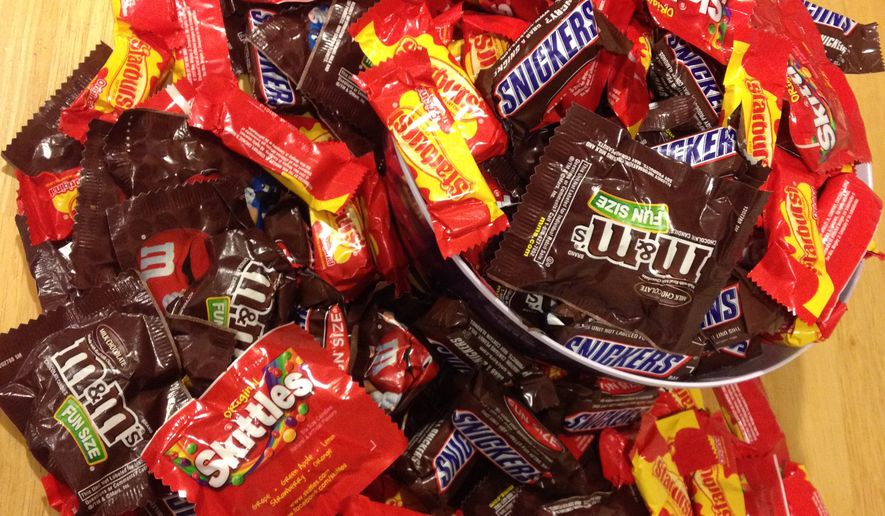Some of America’s affluent aren’t so keen on handing out candy to kids from poorer neighborhoods this Halloween.
Exhibit A: A resident in “one of the wealthiest neighborhoods in the country” who wrote a letter to Dear Prudence, an advice columnist for Slate, about the kids from low-income neighborhoods who flood his or her community on Halloween for a night of trick-or-treating.
“Kids arrive in overflowing cars from less fortunate areas,” the letter writer wrote. “I feel this is inappropriate. Halloween isn’t a social service or a charity in which I have to buy candy for less fortunate children.”
The writer, who was seeking advice from Prudence, was wondering if it’s morally acceptable for kids to trick or treat in neighborhoods other than their own. Prudence’s answer: Yes, it is. Spend the extra cash and give out candy to the poor.
But is it safe to do so?
Kids from low-income neighborhoods are more likely to commit crime and engage in risky behaviors than those from richer areas, according to a 2009 report from the U.S. Department of Health and Human Services. And Halloween is commonly perceived as a night of mischief, crime and darkness.
As a matter of fact, Denver parents were recently warned about potential pot-infused candy making its way into kids’ trick-or-treat bags. And, according to The Atlantic, authorities have often been concerned about sex offenders on Halloween night, going as far as to ban some houses from giving to kids.
However, Halloween night is actually one of the safest nights of the year, especially when it comes to sexual and violent crimes against children, according to a 2009 study, titled “How Safe are Trick-Or-Treaters?: An analysis of Child Sex Crimes Rates on Halloween.” The study found that while Halloween is as dangerous as any other fall day, there is no increase in criminal activity.
And all those Kit-Kat bars, Skittles and Starbursts may be to thank. According to a study from the National Criminal Justice Reference Service, candy can reduce crime. Consuming a lot of white sugar will eventually make kids feel drowsy and unwilling to partake in risky behaviors.
Experts also told The Wall Street Journal in 2010 that there is little need for American parents to worry about crime on Halloween. Much of the fear from parents is due to what the media and other organizations have said about Halloween.
“There is zero evidence to support the idea that Halloween is a dangerous date for children in terms of child molestation,” Elizabeth Letourneau, a professor at the University of South Carolina, told the WSJ.
She also said there’s such little crime because everyone is outside and enjoying one-another’s company — keeping the criminals at bay.
Neighborhood watch groups, like “Witch Watch” in Northern Virginia, have also worked to keep their areas free of crime during the holiday, The Christian Post reported. And The National Crime Prevention Council (NCPC) is also constantly on the lookout for crime.
The NCPC even dubbed October “Crime Prevention Month” in honor of Halloween and the worry that surrounds it. During this month, the NCPC advises parents to keep their houses well-lit, to call their neighborhood watch to see if they’re going to be keeping an eye on the community and to report any criminal activity — no matter how small.




Please read our comment policy before commenting.